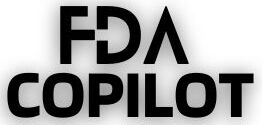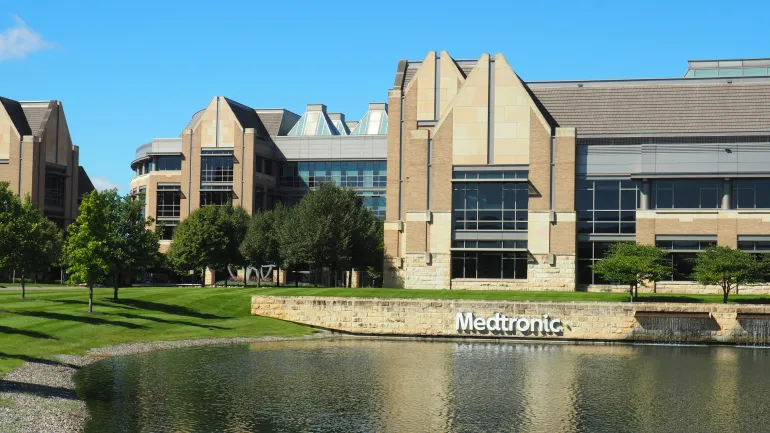Medtronic recently announced that it has received FDA approval for its deep brain stimulation (DBS) technology to be used while the patient is under general anesthesia. This marks a significant development in the field of neurosurgery as DBS procedures—typically used to treat conditions like epilepsy and Parkinson’s disease—have been traditionally performed while patients are awake. This shift to allow procedures while patients are asleep comes after studies suggested benefits to this approach, potentially offering greater comfort and safety during surgery.
This approval sets Medtronic apart as it is now the first company cleared by the FDA to perform DBS surgeries on patients whether they are awake or asleep. Although U.S. surgeons have been using DBS devices in asleep patients off-label for some time, official FDA approval supports broader adoption and compliance.
On the business front, Medtronic’s brain modulation segment has been performing strongly, with reported low double-digit growth in its most recent quarterly earnings ending April 26. The company’s success has been particularly driven by the positive reception of its Percept RC device with Brainsense technology, which allows for the capture and monitoring of brain signals while delivering necessary stimulation.
The general manager of Medtronic’s brain modulation, Amaza Reitmeier, expressed that receiving approval for asleep DBS is a major stride forward in enhancing their surgical offerings. It not only sets the company apart from competitors like Abbott but also strategically positions Medtronic to capitalize on the growing market segment that prefers or benefits from the asleep method.
The increasing preference for the asleep DBS procedure among surgeons and patients alike is backed by emerging clinical evidence showing its advantages in certain clinical scenarios. For instance, a study published by the Journal of Neurosurgery in 2021 analyzed 103 patients treated with asleep DBS by a single surgeon at Brigham and Women’s Hospital between 2015 and 2019. The study identified several advantages of using asleep DBS, including shorter overall procedure durations. However, it also highlighted limitations such as the need for specialized equipment, including an intraoperative scanner, and the inability to perform intraoperative stimulation for confirming proper target placement, which are available in awake DBS procedures.
This nuanced choice between awake and asleep DBS procedures indicates the complexity and tailorability of modern neurosurgical practices, depending on specific patient and clinical situation needs. Companies like Clearpoint Neuro, which provided the neuronavigation system used in the Brigham and Women’s Hospital study, support this personalized approach and adaptability in neurosurgical equipment and procedures.
In summary, Medtronic’s FDA approval for the implementation of DBS technology while patients are under general anesthesia represents a pivotal development in neurological surgical practices, enhancing the flexibility of medical approaches to treating debilitating neurological disorders. It also signifies Medtronic’s commitment to advancing medical technology and providing adaptable solutions that are in line with contemporary clinical research and practices.
#Medtronic #wins #FDA #approval #asleep #deep #brain #stimulation



